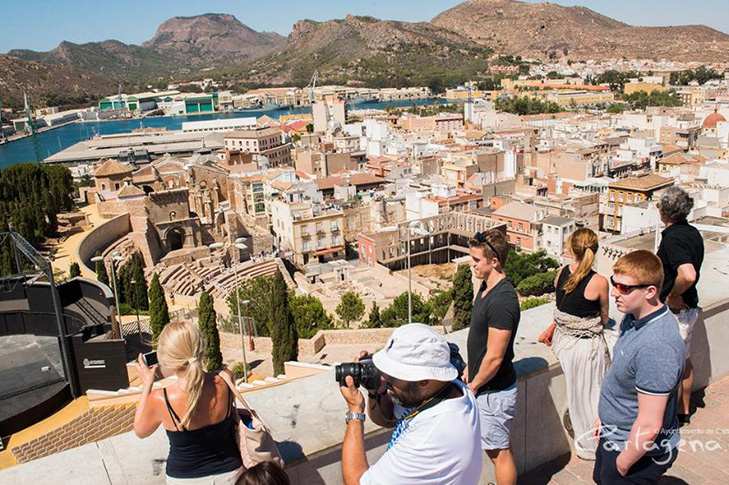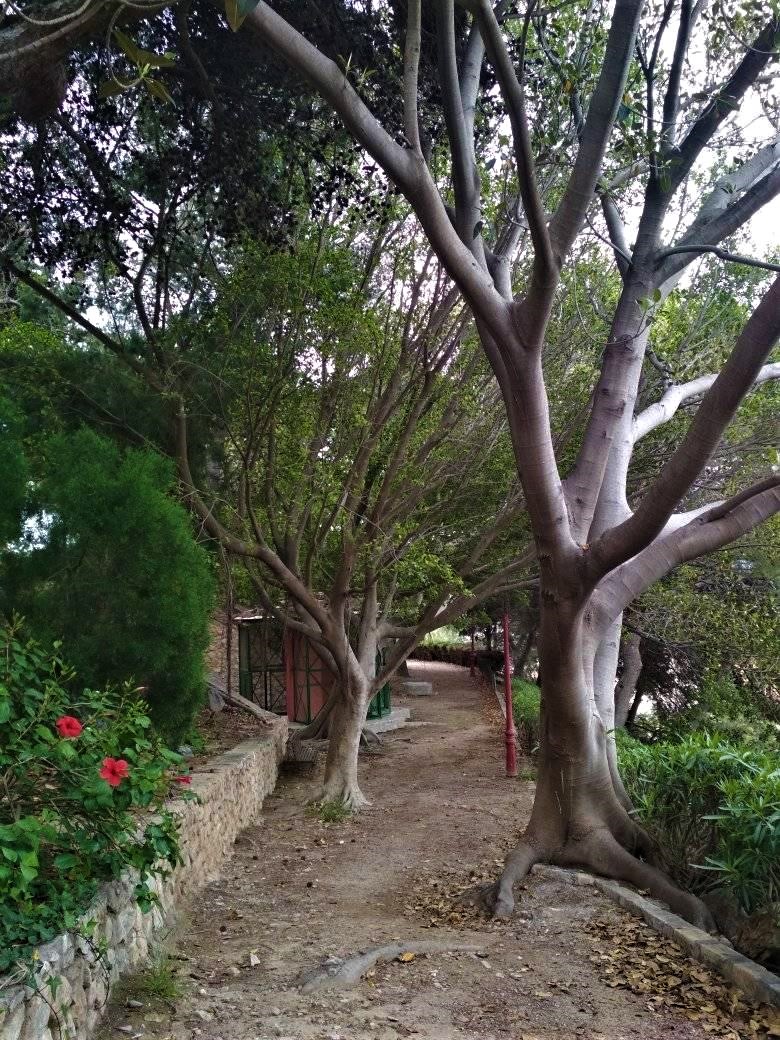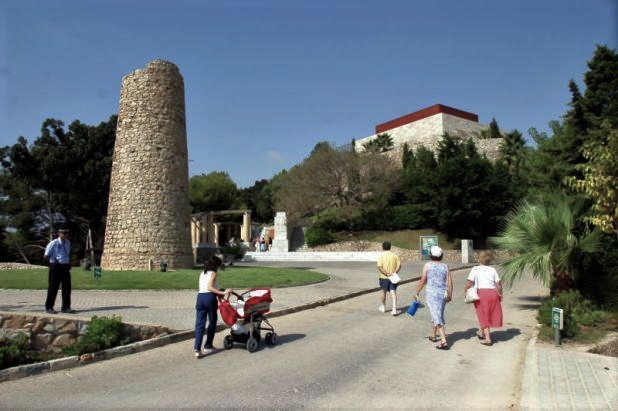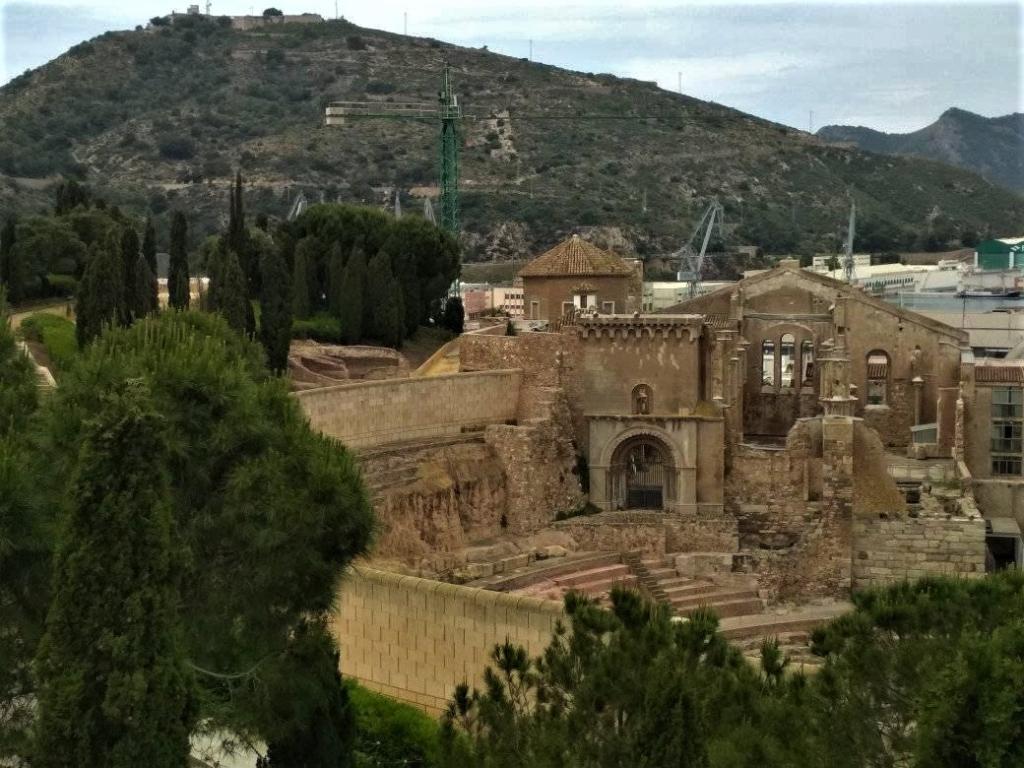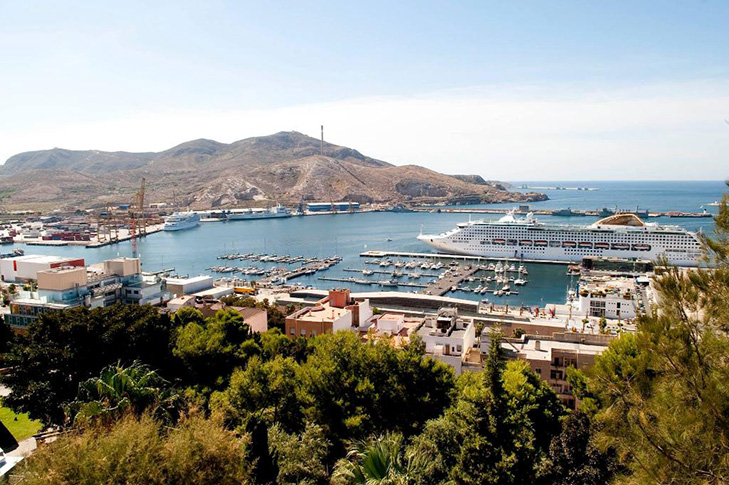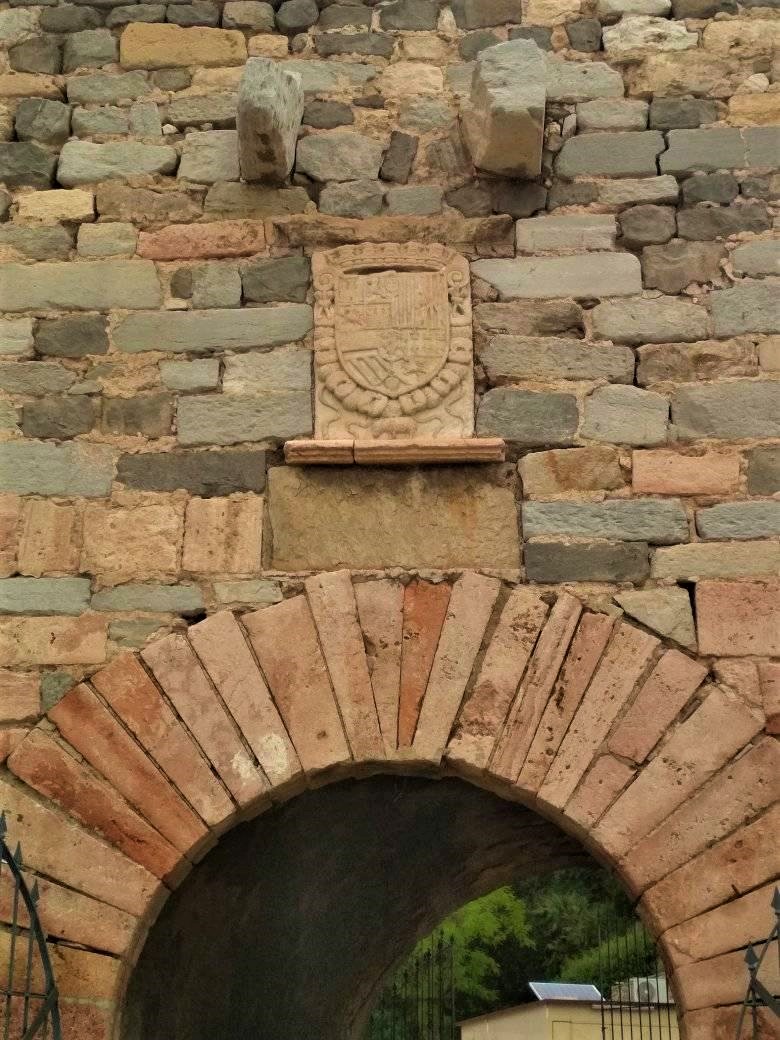The Torres Park - popularly known as Castillo de los Patos (Castle of the Ducks) by the inhabitants of the pond that adorns its course - is situated on the hill of La Concepción, the highest in the city. This privileged place originally had a sacred function and later a defensive function from the Muslim period, when the Alcazaba was located here, passing through the medieval fortification, to a bastion from the 18th century onwards.
Having lost its strategic value, it was recovered as a public space for the city as a park in 1924, designed by the architect Víctor Beltrí, as a classicist ensemble very much to the taste of the time. During the Civil War, one of the batteries to repel bombing raids and the siren that warned the population of the arrival of the enemy aircraft attack was located on the top of the hill. Since the 1960s, various works have been carried out, with botanical renovations, improvement of accesses and recovery of archaeological remains and their enhancement as a tourist resource.
The top of the hill is crowned by the Castillo de la Concepción. Archaeological studies show that the keep of the fortification was part of a single construction plan dating from the end of the 13th century, which included the fortresses of Lorca, Aledo, Moratalla and Cartagena. Materials of Roman origin were reused in its construction, including a white marble slab dedicated to Lucio Emilio Recto and a replica of the same, which now stands as the lintel of the entrance door to the tower.
With the evolution of defence and attack techniques, the medieval fortification lost its strategic value. After its recovery and enhancement as a tourist resource, it can be visited as an Interpretation Centre of the History of Cartagena, managed by Cartagena Puerto de Culturas.
On the route through the park there is a rest area presided over by the Lantern, a 9th century Arab lighthouse that served as a guide for sailors in the port of Cartagena. Its circular truncated cone-shaped tower was crowned by a large lantern. It also served as a watchtower, forming part of the defensive system against Berber invasions.
Next to the lantern, providing shade to this space is one of the most spectacular botanical elements in the park, an Australian Fig Tree (Ficus Macrophyllla), whose spectacular reticular root system is outstanding. The large stature and wide canopy of this large species make it very attractive as a shade tree for parks and gardens. Its flowers are small in size and it withstands drought and proximity to the sea well, which is why, together with its exotic appearance, it was widely used to decorate the promenades and gardens of Cartagena and other maritime cities at the beginning of the 20th century.
Walking through the park it is common to be accompanied by other of its tenants, the peacocks, which usually stroll through its gardens and the viewpoint of the esplanade that occupies what used to be the old San Patricio Battery, from where you can enjoy a wide panoramic view of the city and its port.



